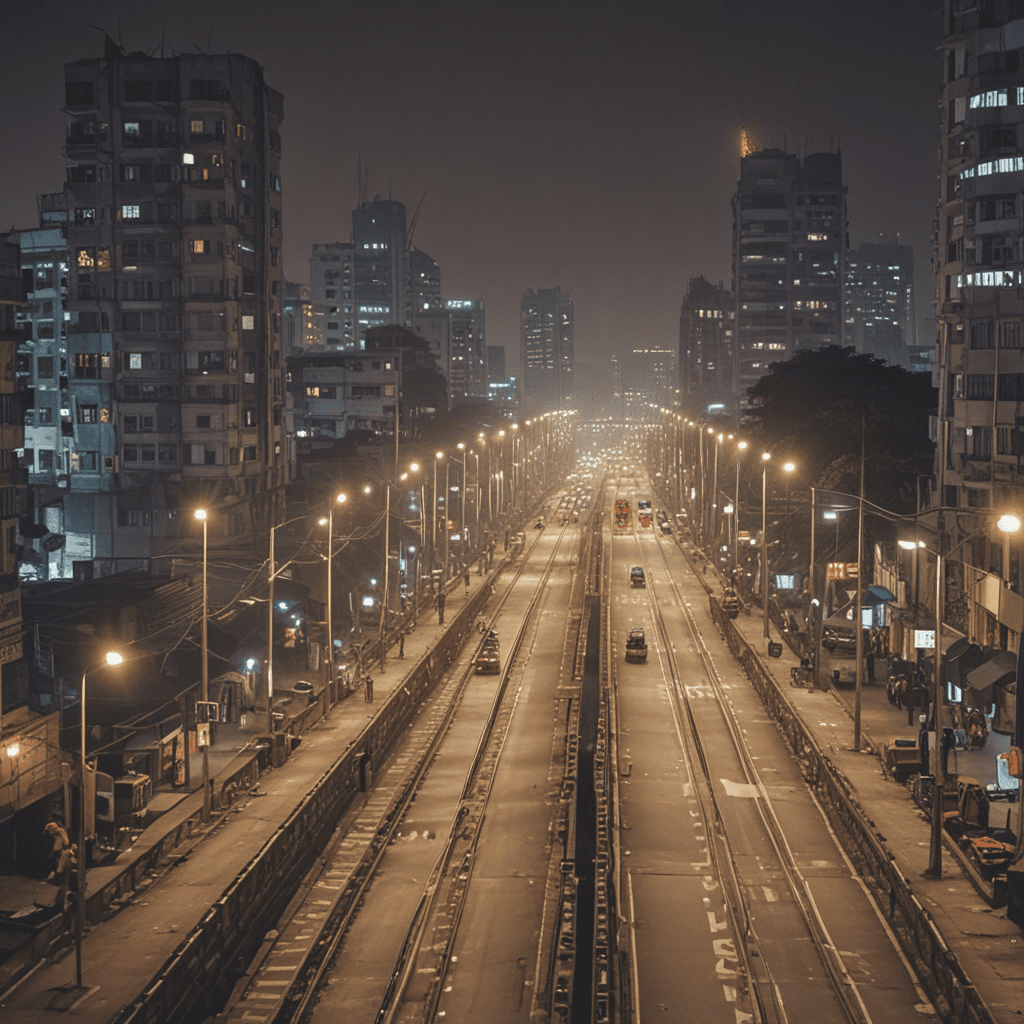The Role of Infrastructure Development in Bangladesh
1. Introduction
Infrastructure, the foundation of economic growth and social progress, plays a pivotal role in Bangladesh's development trajectory. Recognizing its significance, the government has prioritized infrastructure investments to bridge the gap and facilitate the country's transition towards a developed nation. This article delves into the multifaceted role of infrastructure development in Bangladesh, exploring its types, benefits, challenges, and the key players involved in its implementation.
2. Bangladesh's Infrastructure Needs
Bangladesh faces a pressing need for infrastructure development across various sectors. The country's rapid urbanization, coupled with the challenges of climate change and natural disasters, necessitates investments in resilient and sustainable infrastructure. Key areas requiring attention include:
- Energy: Ensuring reliable and affordable energy supply
- Transportation: Improving connectivity through roads, railways, waterways, and airports
- Water and Sanitation: Providing access to clean water and sanitation
- Digital Infrastructure: Expanding internet connectivity and fostering innovation
3. Types of Infrastructure Development
Infrastructure development encompasses a wide range of projects:
- Physical Infrastructure: Roads, bridges, railways, airports, energy plants
- Social Infrastructure: Schools, hospitals, educational institutions
- Digital Infrastructure: Broadband networks, data centers, IT services
- Green Infrastructure: Parks, green spaces, renewable energy facilities
- Integrated Infrastructure: Projects that combine multiple infrastructure systems, such as smart cities
4. Benefits of Infrastructure Development
Infrastructure development brings forth numerous benefits for Bangladesh:
- Economic Growth: Improved infrastructure enhances economic efficiency, reduces transportation costs, and attracts foreign investment
- Improved Quality of Life: Access to reliable utilities, transportation, and education improves living standards
- Social Cohesion: Infrastructure projects connect communities, promote social interaction, and reduce inequality
5. Challenges to Infrastructure Development
Infrastructure development in Bangladesh faces several challenges:
- Lack of Funding: Financing large-scale infrastructure projects poses a significant challenge, especially given Bangladesh's limited budget.
- Environmental Concerns: Infrastructure development can have adverse environmental impacts, which need to be carefully assessed and mitigated.
- Corruption: Corruption and mismanagement can hinder the efficient implementation and sustainability of infrastructure projects.
6. Government’s Role in Infrastructure Development
The government plays a central role in infrastructure development:
- Policy and Regulatory Framework: Establishing a clear policy and regulatory framework to guide infrastructure investments and ensure transparency.
- Public Investment: Allocating sufficient public funds for infrastructure projects, particularly in areas where private sector participation is limited.
- Public-Private Partnerships: Encouraging private sector participation through Public-Private Partnerships (PPPs) to share the financial burden and leverage expertise.
7. Private Sector Participation
Private sector participation is crucial for supplementing government investments and bringing innovation to infrastructure development:
- Financial Resources: Private companies can provide additional funding and risk-sharing, freeing up government resources for other priorities.
- Expertise and Technology: Private sector partners bring specialized expertise, technology, and management skills to infrastructure projects.
- Efficiency and Accountability: Private companies often operate with greater efficiency and accountability, ensuring project completion and quality.
8. International Development Assistance
International development assistance plays a significant role in supporting infrastructure development in Bangladesh:
- Funding: Multilateral and bilateral development agencies provide financial assistance for infrastructure projects, complementing domestic resources.
- Technical Expertise: International organizations offer technical expertise and best practices to enhance the quality and sustainability of infrastructure development.
- Capacity Building: Development assistance programs support capacity building initiatives to strengthen Bangladesh's capabilities in infrastructure planning, management, and implementation.
9. Case Studies of Successful Infrastructure Projects
Bangladesh has implemented several successful infrastructure projects, including:
- Padma Multipurpose Bridge: The country's largest infrastructure project, connecting the southwest region to the national grid and boosting economic growth.
- Dhaka Metro Rail: A modern and efficient metro system that has transformed transportation in the capital city, reducing congestion and improving mobility.
- Rural Electrification Program: A nationwide effort to provide access to electricity in remote areas, improving livelihoods and socio-economic development.
10. Conclusion
Infrastructure development is a critical driver of Bangladesh's economic and social progress. By addressing the challenges and leveraging partnerships with the private sector and international community, Bangladesh can unlock its full potential and transform into a developed nation. Continued investments in resilient, sustainable, and inclusive infrastructure will pave the way for a brighter future for the people of Bangladesh.
Frequently Asked Questions (FAQs)
What is the government's role in infrastructure development?
The government establishes the policy and regulatory framework, allocates public funds, and encourages private sector participation through PPPs.
What are the challenges to infrastructure development in Bangladesh?
Challenges include lack of funding, environmental concerns, and corruption.
How does international development assistance contribute to infrastructure development?
International organizations provide funding, technical expertise, and capacity building support.
What are some successful infrastructure projects in Bangladesh?
The Padma Multipurpose Bridge, Dhaka Metro Rail, and Rural Electrification Program are notable examples.



